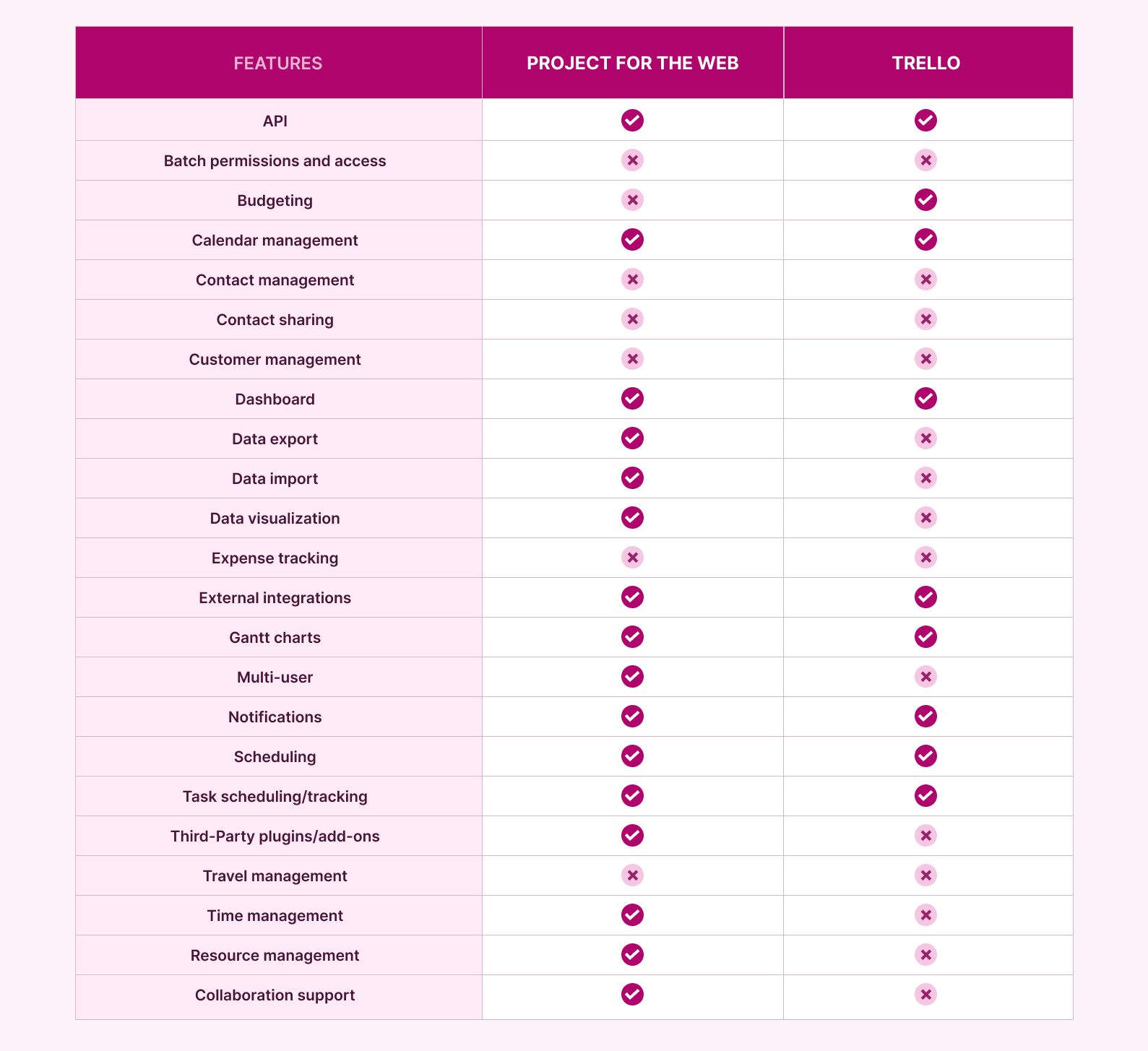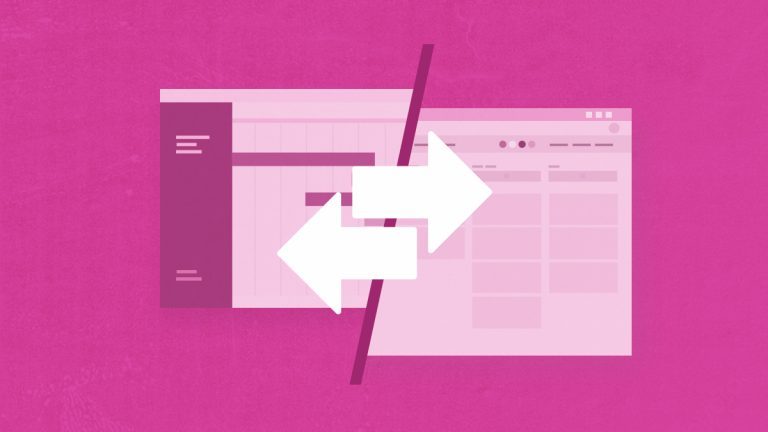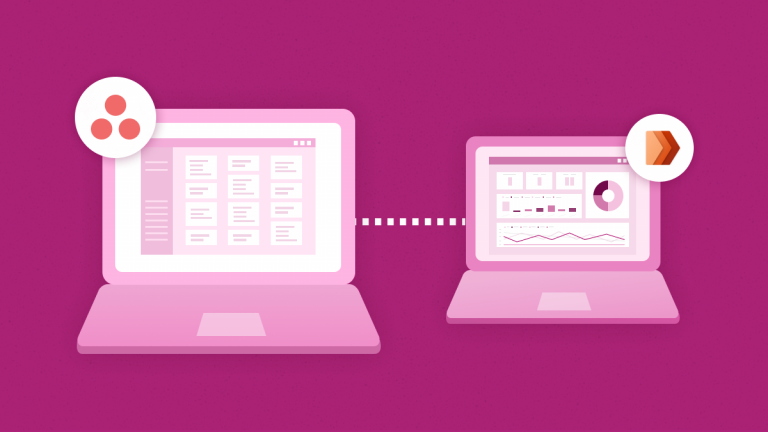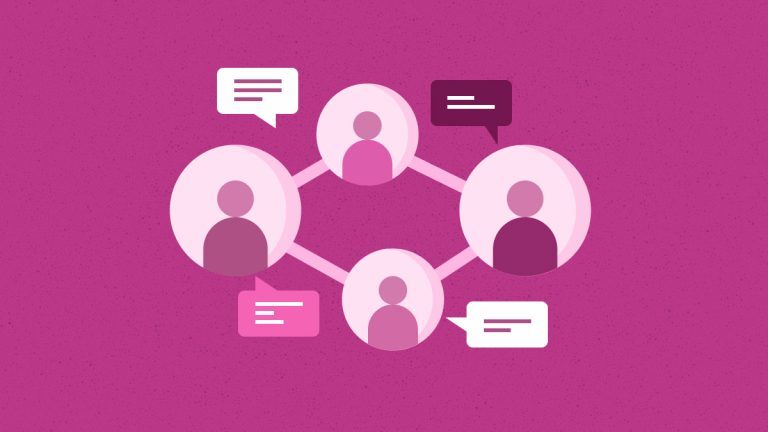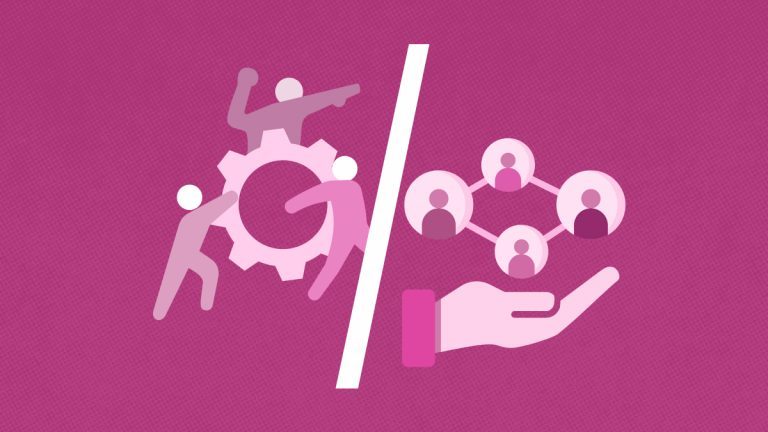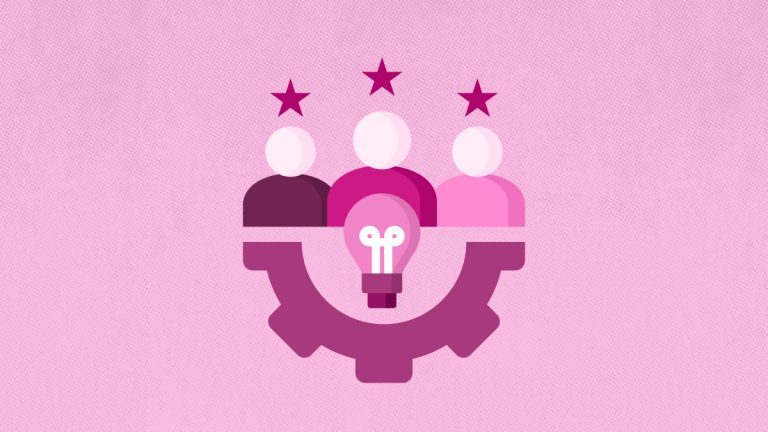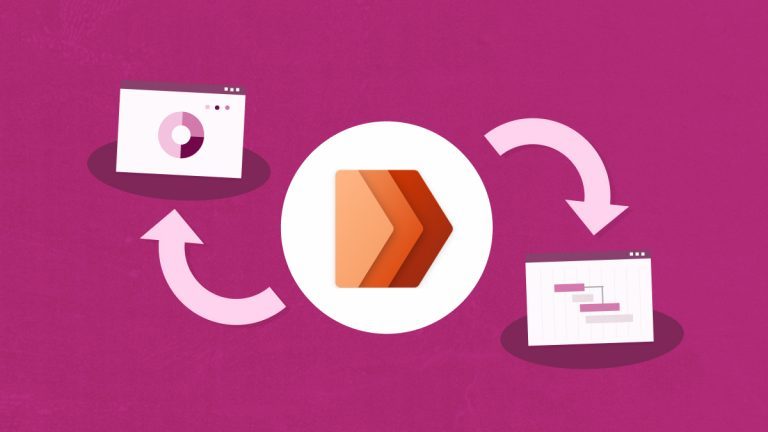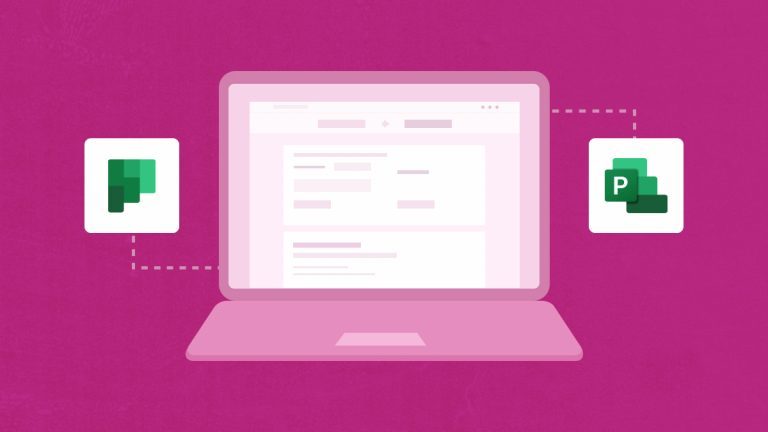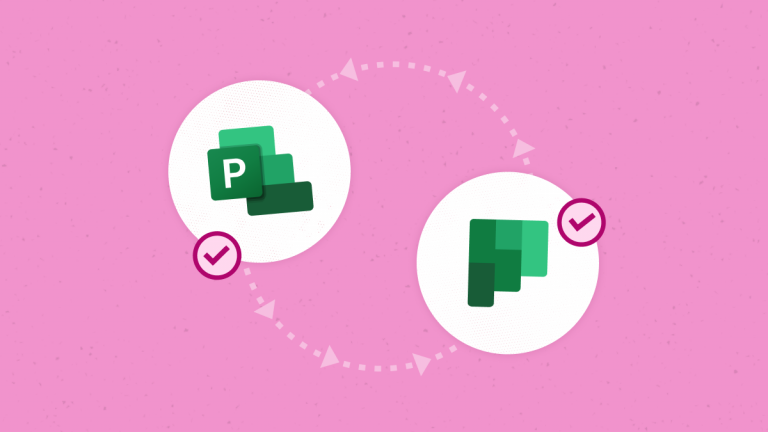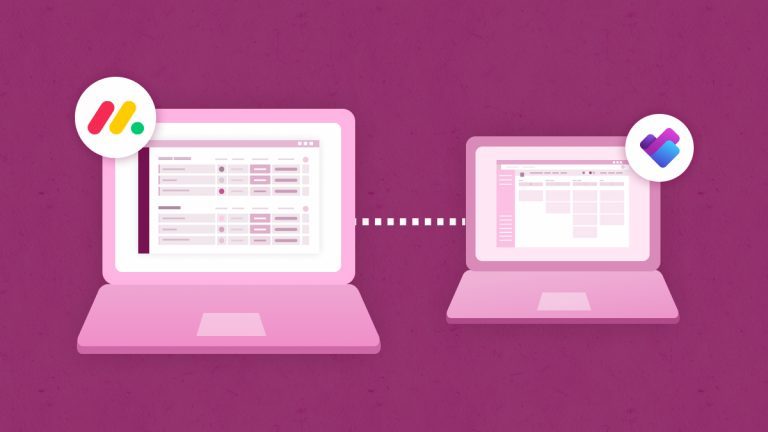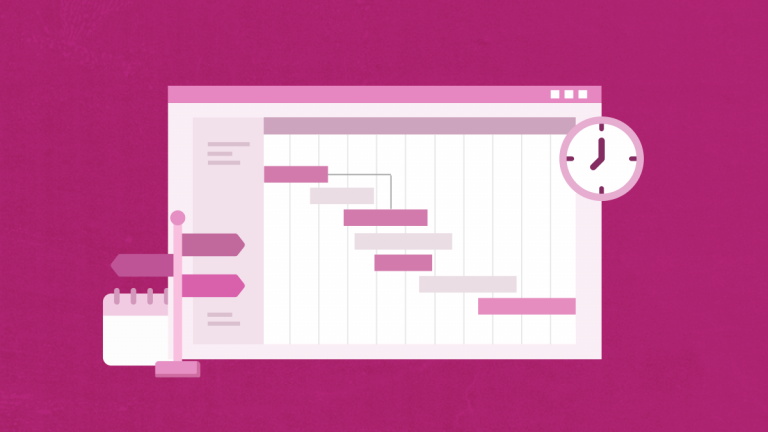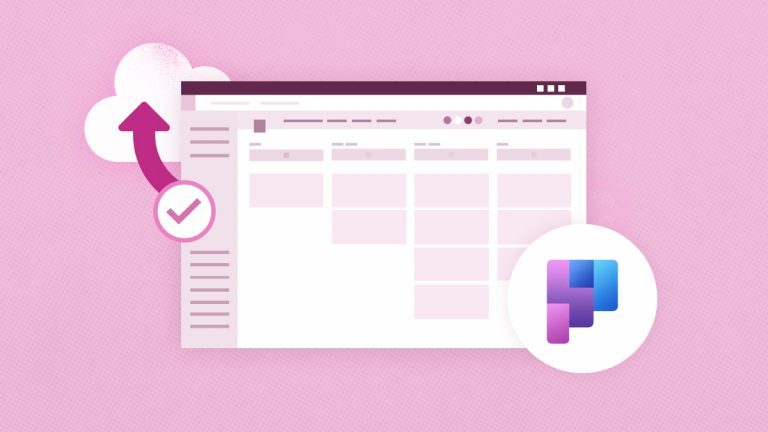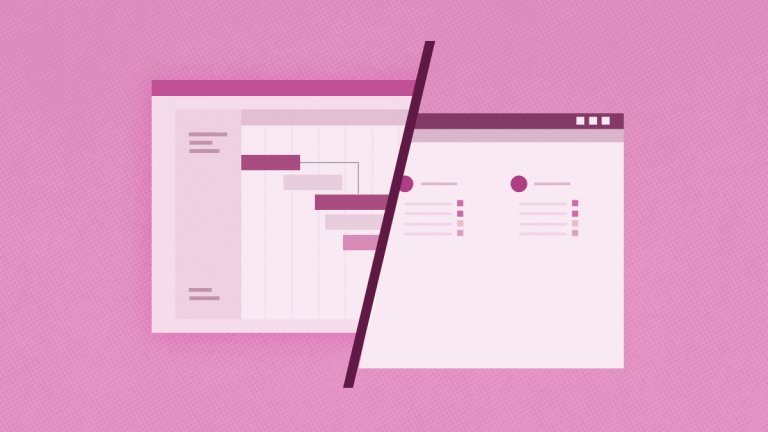
Elena Humeniuk
PPM Consultant
Trello vs Project for the Web are two solutions in the cohort of the most popular lightweight project management software programs on the market.
Trello is a workflow management program designed for both corporate and personal use, and Microsoft Project for the Web (also called Microsoft Project) is a highly rated business solution that offers extensive capabilities for enterprise project management.
In this post, we share an in-depth comparison of Trello vs. Microsoft Project for the Web, offering insight into the advantages and drawbacks of each project management system so you can better understand their features and decide which product is best for your organization.
What is Trello used for?
Simple and intuitive, Trello is used for collaboration, and to effectively manage projects and tasks. Its signature feature is its Kanban board. While traditional project management software employs complex techniques like tracking Gantt charts, Trello’s easy-to-use boards allow users to view projects and manage tasks using lists and cards. Displayed as a board with sticky notes, tasks can be organized into columns and moved around to indicate workflow, project ownership, and status. Its board visually represents the different stages of various projects. Due to its simplicity, most people grasp the basics within minutes and can start with the program within a day. The product is unique in that no Trello alternative has yet to achieve such simplicity. But don’t be fooled by its ease of use: Trello is a powerful project management software program, and its tasks can contain a lot of information like images, deadlines, and status tracking data.
Trello is an excellent choice for small tasks, but if your team has complex requirements, Trello may not be the best fit for your situation. To overcome these challenges and find a program to suit your needs, consider the following Trello competitors:
- Project for the Web
- Asana
- Teamwork
- Smartsheet
- Microsoft Planner
- Monday com
Microsoft Project for the Web
A recent addition to Microsoft project management tools, Project for the Web is a popular alternative to Trello. With powerful web-based project management features and capabilities, the tool provides different methods to view your project. They include timeline view (Gantt Chart), Board View, and Grid View. As a Microsoft version of Trello, Microsoft Project for the Web facilitates managers and teams in planning and managing work, regardless of project size.
It is built on the Microsoft Power Platform and includes the Project Home, Roadmap, and web-based experience. It offers easy-to-use project management that is specially created for informal project managers.
How to use Microsoft Project
Project for the Web (Microsoft Project) facilitates easy project creation and collaboration and is considered one of Trello’s top competitors. It gives the user multiple planning options by giving three views: Grid for Data, Kanban Style Planning, and Timeline for Gantt View to show the task dependencies. Trello alternative Microsoft Project has many key features and usages. It enables teams to:
- Schedule projects, define tasks, and assign them to members;
- Track in-progress assignments;
- Budget and estimate project costs;
- Determine the cost performance of projects by using “Earned Value Analytics”;
- Create insightful reports about staffing levels and project execution; and
- Integrate with Power BI for intuitive dashboards and reports.
Trello vs Project for the Web
While Project for the Web and Trello have many features in common, some distinct differences should be highlighted. This way, businesses can make an informed decision when searching for the tool to best suit their needs. Please see below for a detailed Trello vs. Microsoft Project comparison.
Conclusion
Project for the Web and Trello are the best tools to manage, monitor, and control projects and tasks. Both tools are simple, user-friendly, and beneficial, and provide collaboration features for enhanced teamwork. Like other project management products, both tools enable project managers and teams to achieve greater efficiency, create reports, manage projects and tasks, and collaborate. They also facilitate easy discussion of projects and tasks and provide a workflow management feature. After thoroughly reviewing the above comparison, a suitable product can be selected to meet your organizational needs.
Find out how
to switch from Trello to Microsoft Project for the Web

